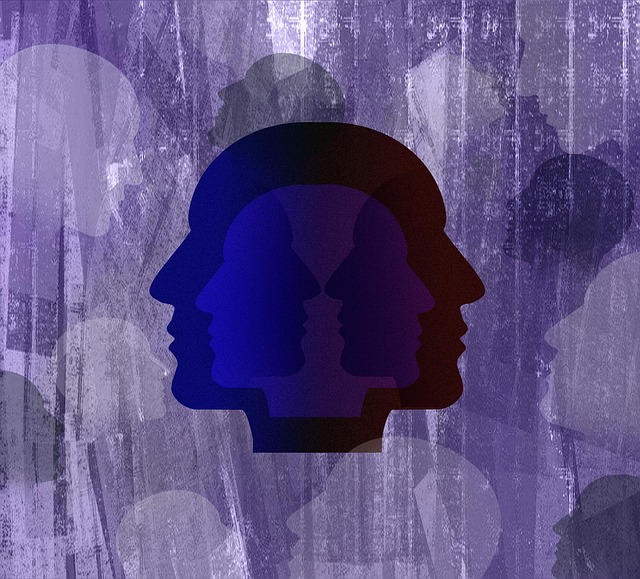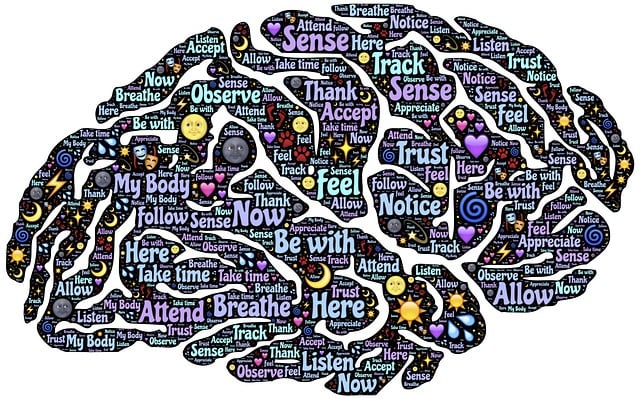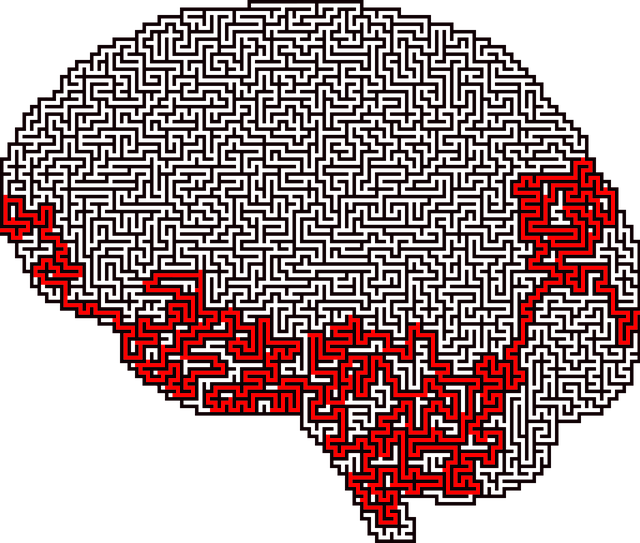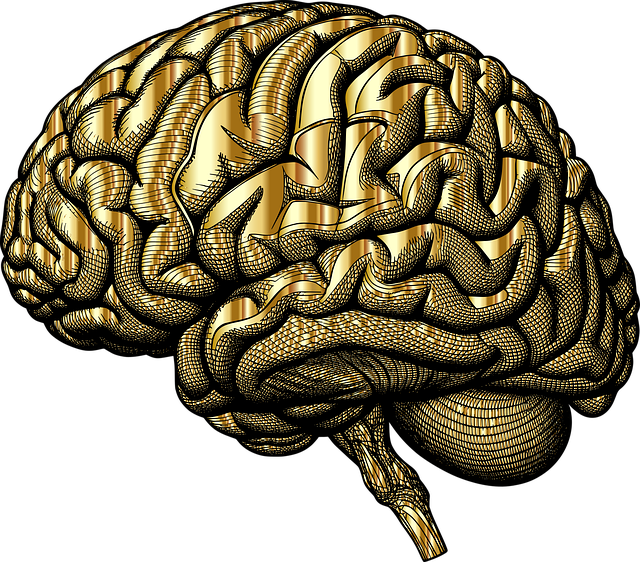TL;DR:
Understanding mental health data collection for young children leverages unique communication methods like behavior, play, and ASL (American Sign Language) to bridge gaps between child and therapist. This inclusive approach enhances comfort, trust, and emotional expression through specialized therapies such as play, art, and music therapy. Techniques for conflict resolution and communication strategies are tailored to age and abilities, aiding social interaction skills. By combining these methods with data collection, professionals gain deep insights into young children's experiences and emotions, contributing to mental illness stigma reduction through early intervention.
Quantitative analysis of ASL-derived data identifies trends like anxiety or autism spectrum disorder, enabling timely interventions and reducing stigma. Qualitative assessments and case studies offer tailored strategies for diverse needs, fostering empathy and positive thinking in therapy for young children.
Mental health data analysis is a growing field, particularly in the context of young children. This article delves into various aspects of this crucial process, from understanding the unique challenges of data collection for this demographic to exploring innovative tools like American Sign Language (ASL) in therapy and interpretation. We analyze communication patterns, uncover behavioral indicators, and present case studies demonstrating the power of both quantitative and qualitative assessments in improving mental health outcomes for young children.
- Understanding Mental Health Data Collection for Young Children
- The Role of American Sign Language in Therapy and Data Interpretation
- Analyzing Communication Patterns and Behavioral Indicators
- Identifying Trends and Patterns: Insights from Quantitative Analysis
- Qualitative Assessment and Case Studies: Real-World Applications
Understanding Mental Health Data Collection for Young Children

Understanding Mental Health Data Collection for Young Children begins with recognizing their unique communication methods. Unlike adults who can articulate feelings and experiences verbally, young children often express themselves through behavior, play, and non-verbal cues. Professionals trained in American Sign Language (ASL) can facilitate this process by providing a visual language that bridges the gap between child and therapist. This inclusive approach not only enhances data collection but also promotes comfort and trust, encouraging honest expressions of emotions and challenges faced.
Therapy for Young Children involves specialized techniques such as play therapy, art therapy, and music therapy, which can help uncover underlying issues. Additionally, Conflict Resolution Techniques and Communication Strategies are tailored to the child’s age and abilities, enabling them to navigate social interactions more effectively. By combining these methods with data collection, mental health professionals can gain deeper insights into the experiences and emotions of young children, contributing significantly to Mental Illness Stigma Reduction Efforts through early intervention and comprehensive understanding.
The Role of American Sign Language in Therapy and Data Interpretation

In recent years, American Sign Language (ASL) has emerged as a powerful tool in therapy and mental health data interpretation, particularly for young children. This visual-spatial language offers a unique approach to communication and emotional expression, making it an invaluable asset in understanding and treating various mental health issues. ASL provides a direct means of accessing a child’s inner world, fostering a deeper connection between therapist and client. By encouraging non-verbal forms of storytelling and expression, therapists can gain insights into a child’s emotional regulation and cognitive processes that may be obscured through spoken or written communication.
For young children who struggle with verbalizing their feelings, ASL offers a natural and intuitive means of journaling about emotions, an essential practice in mental wellness guidance. This method allows them to express complex emotions and experiences in a way that feels safe and accessible. Additionally, ASL can facilitate emotional intelligence development by enhancing a child’s ability to recognize and communicate their own and others’ sentiments, thereby promoting healthy social interactions and coping strategies.
Analyzing Communication Patterns and Behavioral Indicators

In the realm of mental health data analysis, examining communication patterns and behavioral indicators offers a window into an individual’s emotional landscape. For young children, American Sign Language (ASL) can be a powerful tool for expression, providing unique insights into their mental wellness journey. By incorporating ASL into therapy sessions, professionals gain access to subtle non-verbal cues that often reflect underlying thoughts and feelings, enhancing the accuracy of diagnoses and treatment planning.
This approach leverages Emotional Intelligence and Communication Strategies, enabling therapists to offer tailored guidance through personalized interventions. For instance, a child’s use (or reluctance) of specific signs during therapy sessions can indicate their level of comfort, fear, or understanding, guiding the therapist in real-time to adapt exercise guidance accordingly. Moreover, journaling exercises that incorporate ASL can provide written records of emotional states and progress over time, offering valuable data for tracking mental health improvements.
Identifying Trends and Patterns: Insights from Quantitative Analysis

In the realm of mental health data analysis, quantitative methods offer a powerful tool to uncover hidden trends and patterns among diverse populations. When applied to young children, these techniques can provide valuable insights into emerging mental health issues, especially within specific communities like those using American Sign Language (ASL). By analyzing large datasets, researchers can identify prevalent disorders such as anxiety or autism spectrum disorder at early stages, enabling timely therapy interventions for ASL-acquainted children. This approach is pivotal in reducing the stigma associated with mental illness and fostering inclusive support systems.
Furthermore, quantitative analysis allows for a comprehensive examination of factors contributing to mental well-being. For instance, studying language acquisition patterns in relation to social interactions could reveal the impact of ASL on building confidence and mitigating burnout among young children. These findings not only enhance our understanding of effective therapy strategies for this demographic but also inform mental illness stigma reduction efforts and burnout prevention strategies for healthcare providers. Such data-driven insights are crucial steps towards personalized support and improved outcomes in mental health care.
Qualitative Assessment and Case Studies: Real-World Applications

The qualitative assessment of mental health data is a powerful tool when combined with case studies, offering valuable insights into complex human experiences. In the context of therapy for young children, this approach allows professionals to understand the nuances of their clients’ lives, including cultural factors and unique communication methods. For instance, in communities where American Sign Language (ASL) is prevalent, therapists can employ these skills to adapt traditional therapy practices, ensuring inclusive care. By studying individual cases, therapists can identify effective interventions and strategies tailored to diverse needs.
This method encourages the development of empathy-building strategies, fostering deeper connections between therapists and clients. Moreover, it promotes positive thinking by focusing on strengths and resources rather than solely on symptoms. Case studies provide real-world applications for mental wellness coaching programs, offering practical guidance for professionals aiming to enhance their practices and improve client outcomes.
Mental health data analysis is a multifaceted process that, when incorporating innovative tools like American Sign Language (ASL), can significantly enhance therapy for young children. By understanding and collecting relevant data effectively, analyzing communication patterns, identifying trends through quantitative methods, and leveraging qualitative assessments, we gain valuable insights into the mental well-being of our youngest populations. This integrated approach not only improves diagnostic accuracy but also paves the way for more personalized and effective treatment strategies tailored to each child’s unique needs, ensuring a brighter future for their mental health journey.










